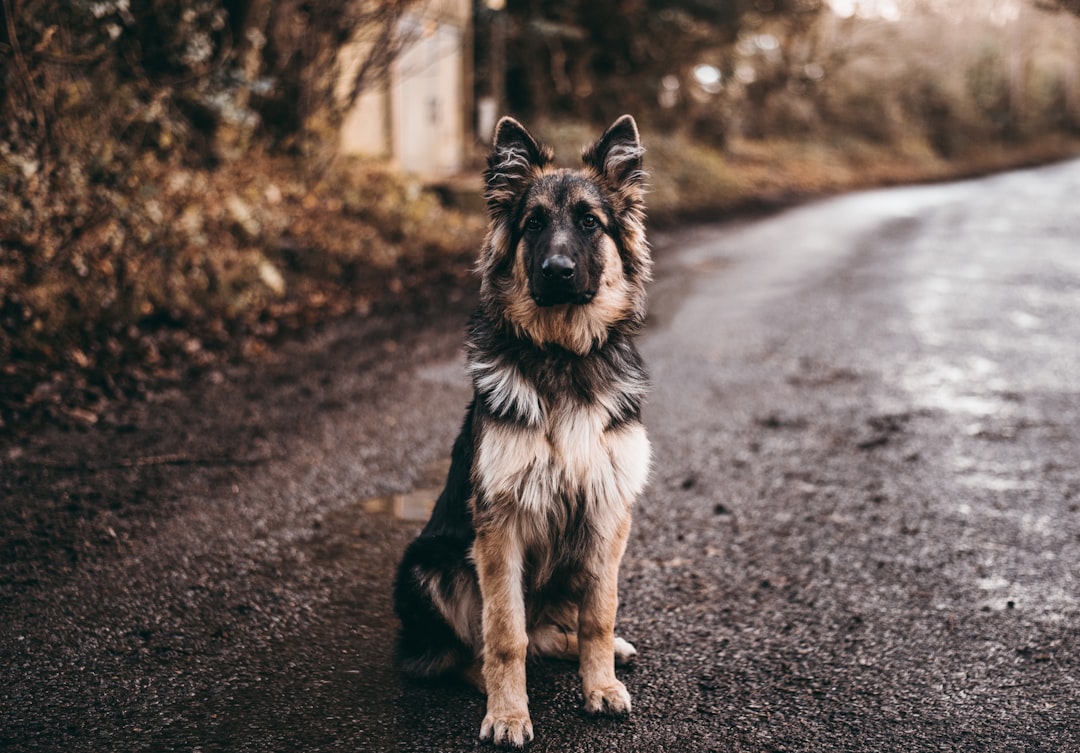The Versatile German Shepherd
An overview of the German Shepherd breed, including its historical origins, distinctive physical features, temperament and personality traits, training and exercise essentials, health and grooming care, and responsible ownership considerations.
German Shepherd Breed: A Historical Overview
The German Shepherd breed has a rich and fascinating history that dates back to the late 19th century. Captain Max von Stephanitz is credited with the development of this remarkable breed in 1899, with the goal of creating a versatile and capable herding dog. Over time, the German Shepherd’s intelligence, strength, and adaptability led to its evolution into various working roles, such as police work, search-and-rescue, and disability assistance. This transition showcased the breed’s remarkable versatility and its ability to excel in demanding and crucial tasks.
After World War I, the German Shepherd gained international recognition for its exceptional capabilities and unwavering loyalty. This recognition propelled the breed into the spotlight, and it has continued to maintain its popularity ever since. The breed’s enduring appeal is a testament to its remarkable traits, including its intelligence, courage, and steadfast loyalty to its human companions. The German Shepherd’s history is not only a testament to its remarkable origins as a herding dog but also to its ongoing impact and significance in various roles, from loyal family companion to dedicated working partner.
Distinctive Physical Features of German Shepherds
The German Shepherd breed has a rich history that dates back to the late 19th century when Max von Stephanitz developed the breed in 1899. Originally bred as herding dogs, German Shepherds have since evolved into versatile working dogs, excelling in roles such as police work, search-and-rescue, and disability assistance. Their adaptability and intelligence have made them highly sought after for various tasks, contributing to their international recognition and enduring popularity, especially after World War I.
In addition to their historical significance, German Shepherds are known for their distinctive physical appearance. Their large, muscular build, square muzzle, and dense double coat are key features that set them apart [2]. These physical attributes not only reflect their strength and agility but also contribute to their wolf-like appearance, instilling a sense of nobility and grace. Furthermore, their alert expression and robust physique showcase their innate capabilities as working dogs, embodying the breed’s heritage and purpose. One notable example is the way German Shepherds stand out in search-and-rescue operations, where their physical characteristics enable them to navigate challenging terrains and fulfill their crucial role in locating and rescuing individuals in distress.
The Temperament and Personality of German Shepherds
German Shepherds are renowned for their exceptional temperament and personality traits, making them a popular choice for various roles. Known for their loyalty, confidence, courage, and steadiness, these dogs are not only excellent companions but also dependable guardians. This is evident in their history as they were originally bred for herding, requiring them to be alert, protective, and reliable in their duties.
In addition to their notable protective nature, German Shepherds possess a remarkable level of intelligence and independence, which makes them suitable for roles such as police work, search-and-rescue, and as guide dogs for the blind. For example, their intelligence and ability to learn quickly have made them invaluable in assisting individuals with disabilities. Their independence also contributes to their adaptability in various environments, allowing them to excel in the performance of their duties while maintaining a stable and confident demeanor.
Moreover, despite their protective instincts, German Shepherds are known for their companionable nature, making them well-suited for family environments. They often form strong bonds with their human family members and display adaptability and flexibility in their behavior, which allows them to thrive in diverse social settings. Their ability to be both protective and amiable highlights their versatility and well-rounded personality, making them a cherished addition to many households.
 Training and Exercise Essentials for German Shepherds
Training and Exercise Essentials for German Shepherds
German Shepherds are renowned for their remarkable trainability, making them ideal candidates for obedience training and various working roles such as police work, search-and-rescue, and disability assistance. Their sharp intelligence and eagerness to learn allow them to quickly grasp commands and tasks, showcasing their exceptional abilities in obedience training. For example, German Shepherds have been successfully trained for tasks such as detecting drugs, aiding individuals with disabilities, and participating in agility competitions, highlighting their versatility and aptitude for learning complex skills.
In addition to training, German Shepherds have high energy levels and require regular exercise to maintain their physical and mental well-being. Engaging in activities such as agility training, outdoor adventures, and interactive play sessions not only provides them with the necessary physical exercise but also fulfills their need for mental stimulation. For instance, taking a German Shepherd for long walks, hikes, or engaging in games that challenge their problem-solving skills can contribute to their overall happiness and contentment. Without adequate exercise and mental stimulation, German Shepherds may become bored and develop behavioral issues, underscoring the importance of incorporating regular physical and mental activities into their daily routines.
Health and Grooming Care for German Shepherds
German Shepherds have a medium-length double coat that sheds year-round and more heavily during shedding seasons, making regular grooming essential to manage their coat and maintain their hygiene. To keep their coat healthy and reduce shedding, brushing their fur a few times a week and cleaning their ears regularly are vital grooming practices for this breed. Additionally, bathing should be done as needed to keep their fur clean and healthy, but not too frequently to avoid drying out their skin and coat.
In terms of health, German Shepherds are prone to certain genetic health issues, such as hip and elbow dysplasia, bloat, degenerative myelopathy, and allergies. It’s crucial for owners to be vigilant about their dog’s health and schedule regular veterinary check-ups to detect any potential health concerns early and ensure their overall well-being. Providing a balanced diet, regular exercise, and mental stimulation is also essential to maintain the health and vitality of German Shepherds. For example, a high-quality diet, suitable for their age and activity level, can help prevent obesity and support their musculoskeletal health, reducing the risk of joint issues like hip dysplasia.
By prioritizing grooming and health care, owners can ensure that their German Shepherds lead comfortable, healthy lives, minimizing the impact of potential health issues and maintaining the breed’s overall well-being.
Responsible Ownership of German Shepherds
Owning a German Shepherd is a rewarding experience but requires a deep understanding of the breed’s characteristics and the associated responsibilities. These responsibilities include providing proper training, regular exercise, and healthcare to ensure the well-being of the dog. German Shepherds are known for their intelligence, loyalty, and protective instincts, but they also require a firm and consistent approach to training to channel these traits effectively. For example, early socialization is crucial to help them become well-adjusted and confident in various situations, making them a joy to be around in different social settings.
Furthermore, responsible ownership of German Shepherds involves recognizing the breed’s popularity and its diverse capabilities. This includes understanding that German Shepherds have been successfully employed in various roles such as police work, search-and-rescue, and disability assistance. With this recognition comes the ethical responsibility to provide them with adequate care, attention, and training to ensure they can thrive in these roles and in family environments alike. Therefore, responsible ownership also means promoting ethical care and consideration for the well-being of these remarkable dogs, thereby contributing to their positive representation as versatile and intelligent companions.



